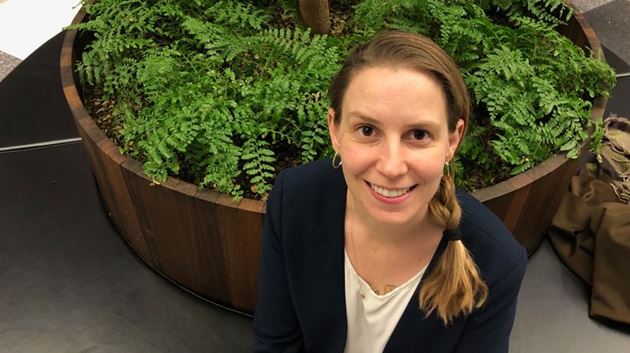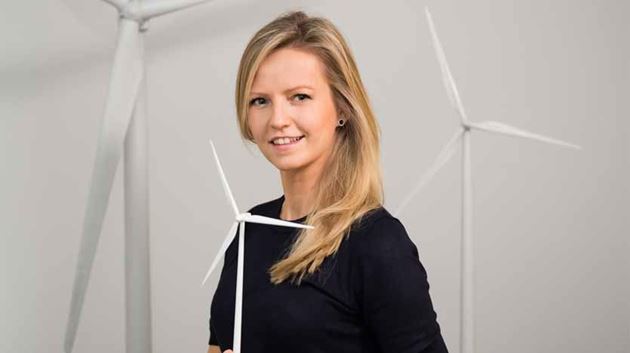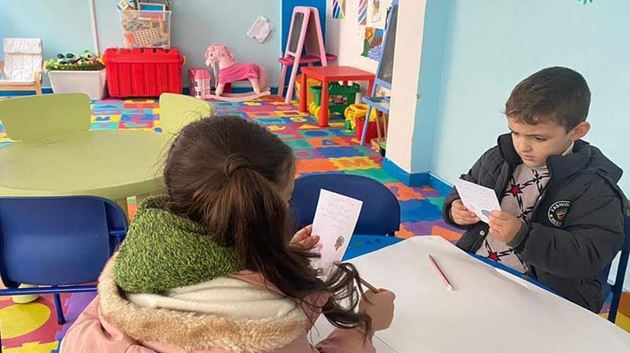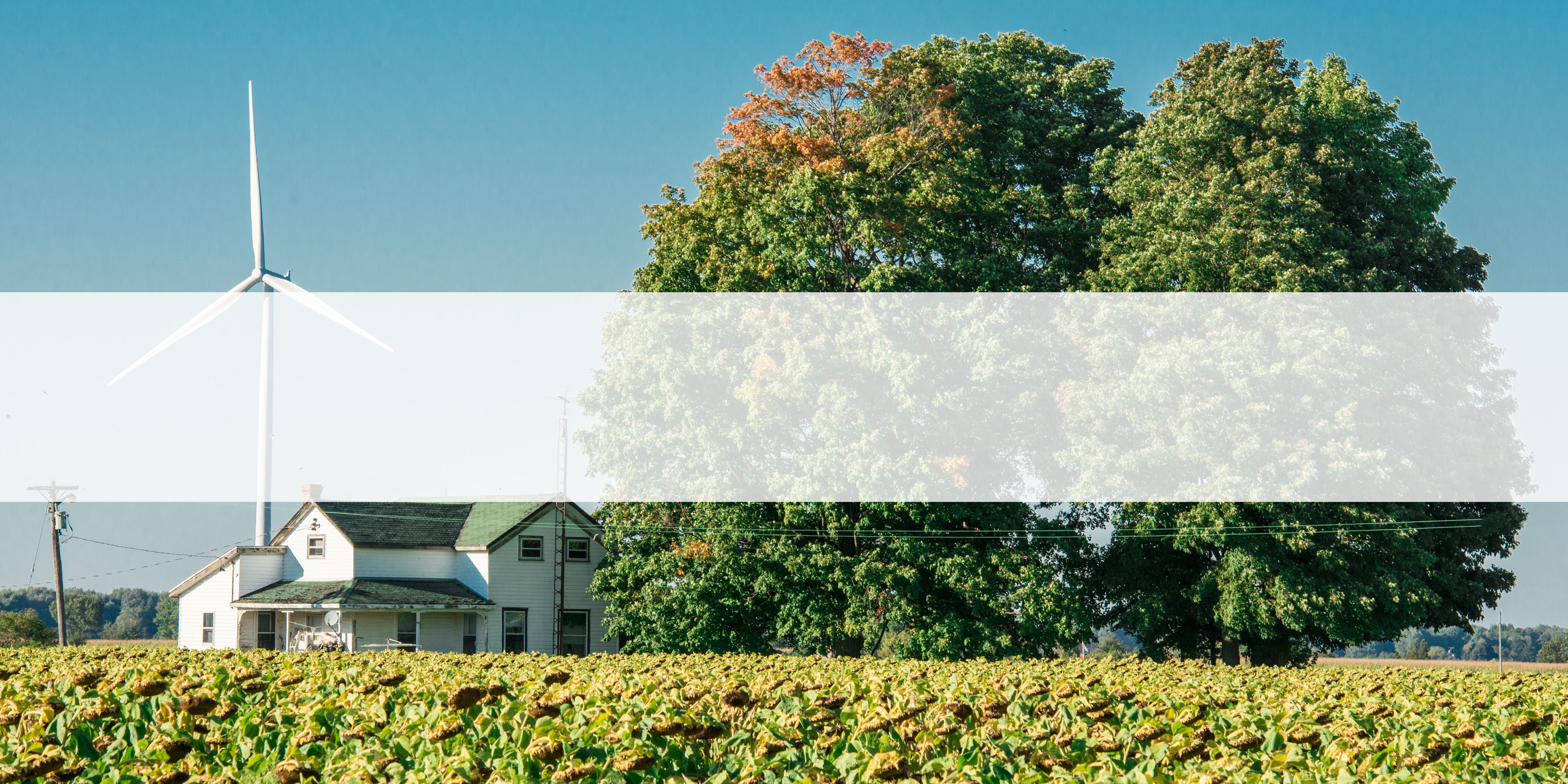
Regenerating our climate and communities
Madrid / 27 March 2020
The fight against climate change requires bold and imaginative ideas to reduce our collective impact on the environment. Each of us has a responsibility to do what we can. Policy-makers can legislate to enshrine ambitious climate targets and encourage investment; companies can use their immense power to reduce emissions in their supply chain and embrace circular economy thinking; and citizens can reduce waste and make informed choices about how and what to consume.
Do you need further information or have specific questions around our press and media activities? Please contact us. We will be happy to take care of your request.
mediarelations@siemens-energy.com +34 944 03 73 52At the same time, our collective ambition should be to go further. Currently, politicians, citizens and business leaders are focused on mitigating – or neutralizing - the impact of climate change as we strive towards a net zero carbon future. But increasingly attention is focusing on how we can regenerate our natural world, actively encouraging its renewal, an ambition far greater than solely mitigation.
It is an ambition that requires us to exchange our ‘extractive’ mindsets for one which prioritizes ‘regeneration’. What if it was possible for businesses to thrive and safeguard the well-being of future generations? What if communities could benefit directly from the deployment of renewable energy projects?
Regeneration not just mitigation
A ‘regenerative’ approach to the climate crisis means taking action to actually reverse the damage done to our environment, encouraging greater resilience and continued protection.
Marc Barasch, the founder and director of the Green World Campaign, describes such a mindset as a ‘design principle that works to ensure that all inputs and outputs, upstream and downstream, people and planet, conduce to the health of the whole system.’1 Barasch’s organisation works globally to help communities thrive by using nature-based solutions, focusing mainly on agro-ecological methods. Taking inspiration from this approach and ensuring that there is cooperation between commerce and community, it means that supply chains, business processes, and entire lifestyles actually become beneficial for the planet. Ultimately, it is the hope that by working alongside the natural world more effectively we can create not only a carbon neutral future, but a future that has the potential to be ‘carbon negative.’
At the heart of this thinking is the importance of community. Several community projects that capture the spirit of this approach already exist around the world. If projects similar to the ones highlighted below become more mainstream, there is the potential to see the exponential deployment of renewable energy projects across many countries and communities.
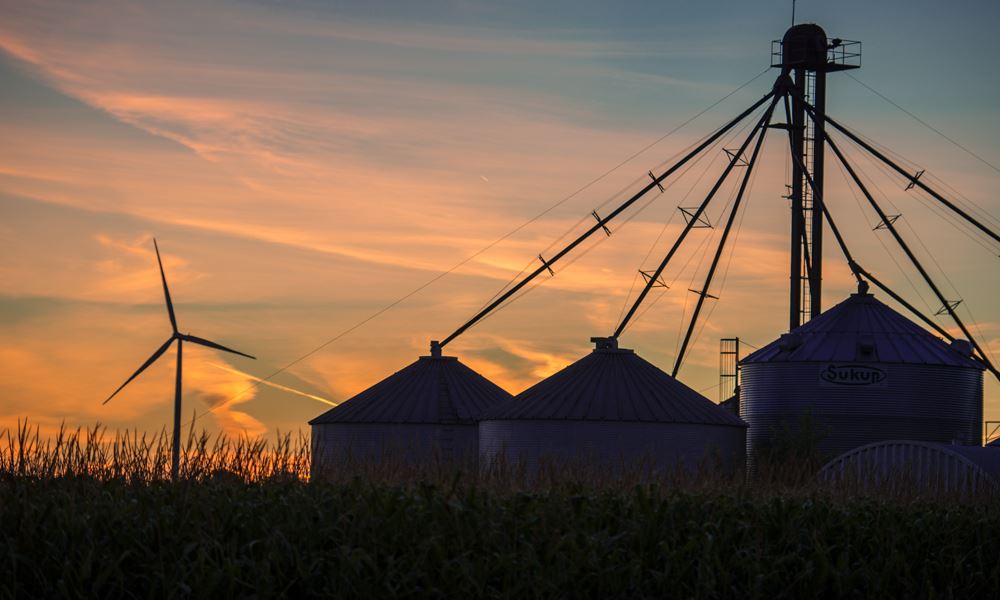
Individual citizens and community organisations (called genossenschaften) were crucial to this, providing half the investment for renewable projects. Private citizens or small agricultural businesses from a specific region invest together in projects to provide sufficient financing. In return, they receive voting rights and controls over decisions made for the wind farms. Typically, local communities receive up to 50% of the voting rights. Additionally, members of the community organization that invest in projects receive annual dividends, providing a financial incentive for promoting renewable wind energy.
Approaches like this are becoming more popular across Europe. Mean Moor Wind Farm in the British county of Cumbria is owned by a cooperative of energy companies and styles its turbines as being ‘community-owned’. The Energy4All cooperative acquired the farm from a commercial operator and repurposed it to ensure that although it would still feed 6.9MW of electricity into the country’s Grid, payments would also be made into a local community fund that offers grants to charities operating in the area.
Through community wind energy, citizens are encouraging wind energy to thrive, showing that everyone can play a part in creating a clean energy future. Schemes such as those currently in-place in Germany make people more aware of the importance of the natural world, demonstrating the real financial benefits that will come from taking care of our environment.
When considering an action, we have to ask: does it actively contribute to humans and nature thriving together as one integrated system on this planet.
Humanity and nature in harmony
Christiana Figueres, the UN Executive Secretary for Climate Change between 2010 and 2016, wrote in her recent book The Future We Choose that:
‘We have to filter every action through a consequential stress test, and we have to be pretty radical about it. When considering an action, we have to ask: does it actively contribute to humans and nature thriving together as one integrated system on this planet.’
If we are to mitigate the impact of climate change and strive to regenerate our plant, we need to focus on methods of energy production that increase human co-existence with nature and educate future generations about this co-existence. For much of human history, the worldwide community has had to battle against nature. Now is the time to change that mindset and harness it, working alongside it to achieve a #cleanfuturenow.
